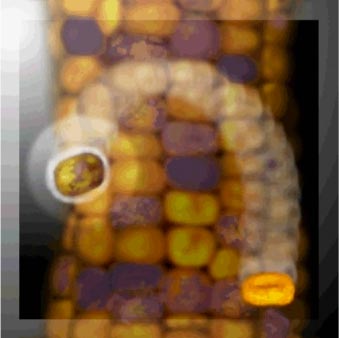Concept 32 Some DNA can jump.

Thomas Hunt Morgan's concept of genes as beads along the length of a chromosome changed little through the first half of the 20th century. Genes were seen as inviolate objects with fixed positions on the chromosomes. However, in the 1950s, Barbara McClintock showed that certain DNA fragments, termed transposons, can be activated to transpose ("jump") from one position on a chromosome to another. She hypothesized that transposition provides a means to rapidly reorganize genes in response to environmental stress.
McClintock's work was remarkable, not only for the fact that it flew in the face of prevailing dogma, but also because it was based entirely on observation of chromosomes and genetic crosses. Confirmation of her ideas had to await the discovery of the modern tools of DNA analysis. This work paved the way for the modern concept of chromosomes as dynamic, changing structures.
 DNA is packaged in a chromosome.
DNA is packaged in a chromosome. Higher cells incorporate an ancient chromosome.
Higher cells incorporate an ancient chromosome. Some DNA does not encode protein.
Some DNA does not encode protein. Some DNA can jump.
Some DNA can jump. Genes can be turned on and off.
Genes can be turned on and off. Genes can be moved between species.
Genes can be moved between species. DNA responds to signals from outside the cell.
DNA responds to signals from outside the cell. Different genes are active in different kinds of cells.
Different genes are active in different kinds of cells. Master genes control basic body plans.
Master genes control basic body plans. Development balances cell growth and death.
Development balances cell growth and death. A genome is an entire set of genes.
A genome is an entire set of genes. Living things share common genes.
Living things share common genes. DNA is only the beginning for understanding the human genome.
DNA is only the beginning for understanding the human genome.